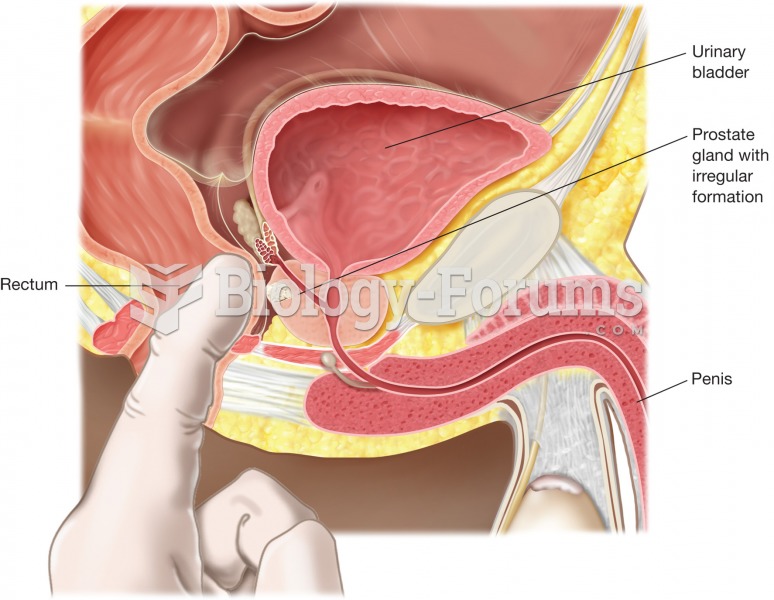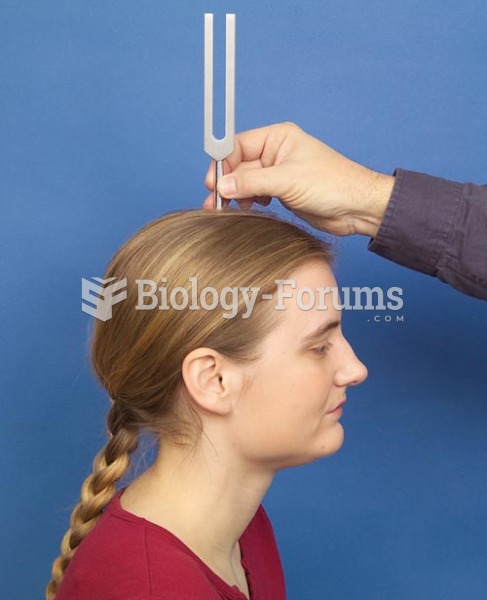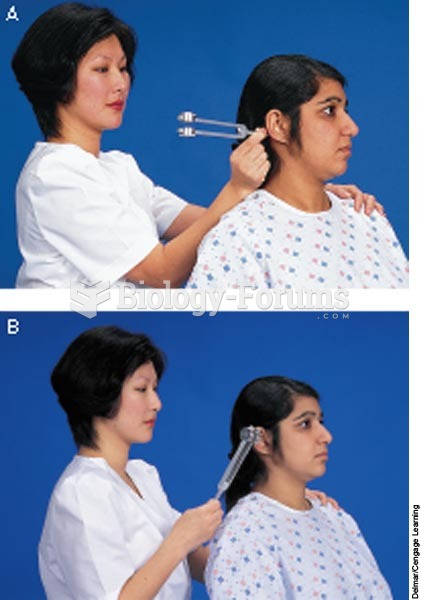|
|
|
Did you know?
Approximately 70% of expectant mothers report experiencing some symptoms of morning sickness during the first trimester of pregnancy.
Did you know?
There are 60,000 miles of blood vessels in every adult human.
Did you know?
Cytomegalovirus affects nearly the same amount of newborns every year as Down syndrome.
Did you know?
Throughout history, plants containing cardiac steroids have been used as heart drugs and as poisons (e.g., in arrows used in combat), emetics, and diuretics.
Did you know?
Eat fiber! A diet high in fiber can help lower cholesterol levels by as much as 10%.
 Glioma. (a) Illustration of a large glioma (colored area) within the left cerebral hemisphere in a s
Glioma. (a) Illustration of a large glioma (colored area) within the left cerebral hemisphere in a s
 Digital rectal exam (DRE). The physician’s index finger is inserted into the rectum and pressed agai
Digital rectal exam (DRE). The physician’s index finger is inserted into the rectum and pressed agai





